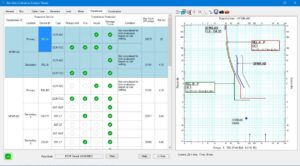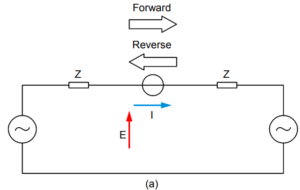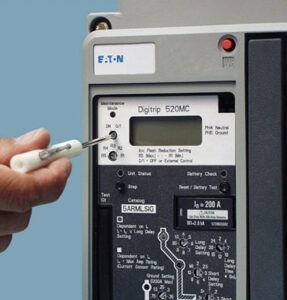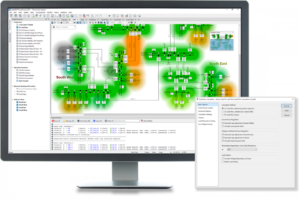Introduction
This article helps you to understand, how shift factors are considered and applied while performing protection and coordination study. This article mentions about applying shift factor for Line-to-Ground (L-G) fault on transformer secondary side. To understand the shift factor requirements for various other types of faults , IEEE-242 can be referred.
The per-unit currents in two phases of the transformer primary are only 58% (1/√3) of the secondary fault current. This is applicable for a Line-To-Ground (L-G) fault on a solidly grounded transformer secondary.
The primary protection relay characteristic should be shifted to the right or the transformer damage curve should be shifted to the left by 58%.
Right side image shows the transformer damage curve shift to the left by 58%. Similarly, transformer primary side protection relay characteristics can be shifted to right by 58%.

Hence, in Time Current Characteristics (TCC), Ground protection element of transformer secondary and Phase protection element of transformer primary should be coordinated at Line-to-Ground (LG) fault current on transformer secondary side. After that, shift factor shall be applied as explain above.
In summary, shift factor application in Time Current Characteristics (TCC) helps engineers to coordinate two protection relays at the same fault current.







